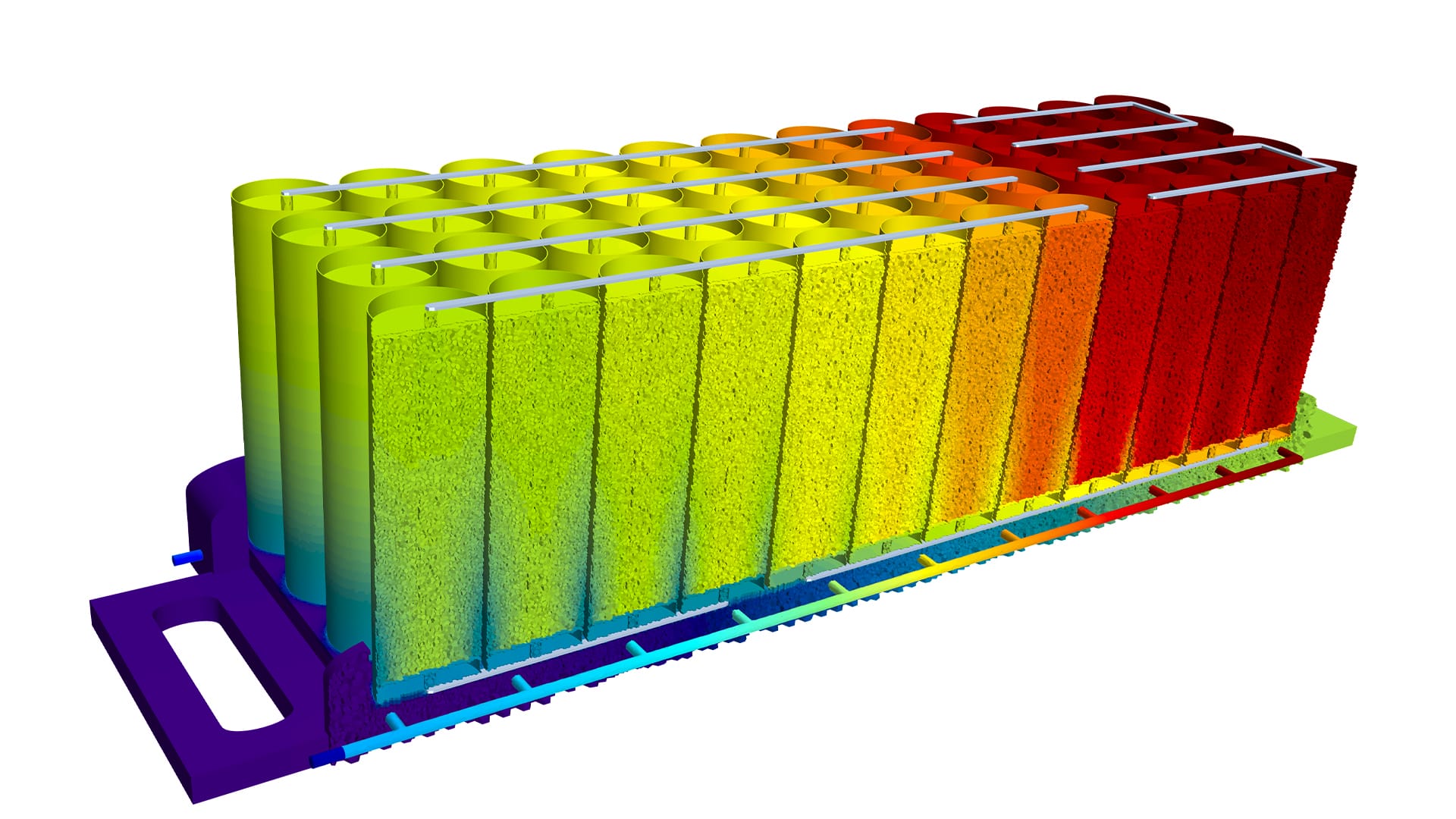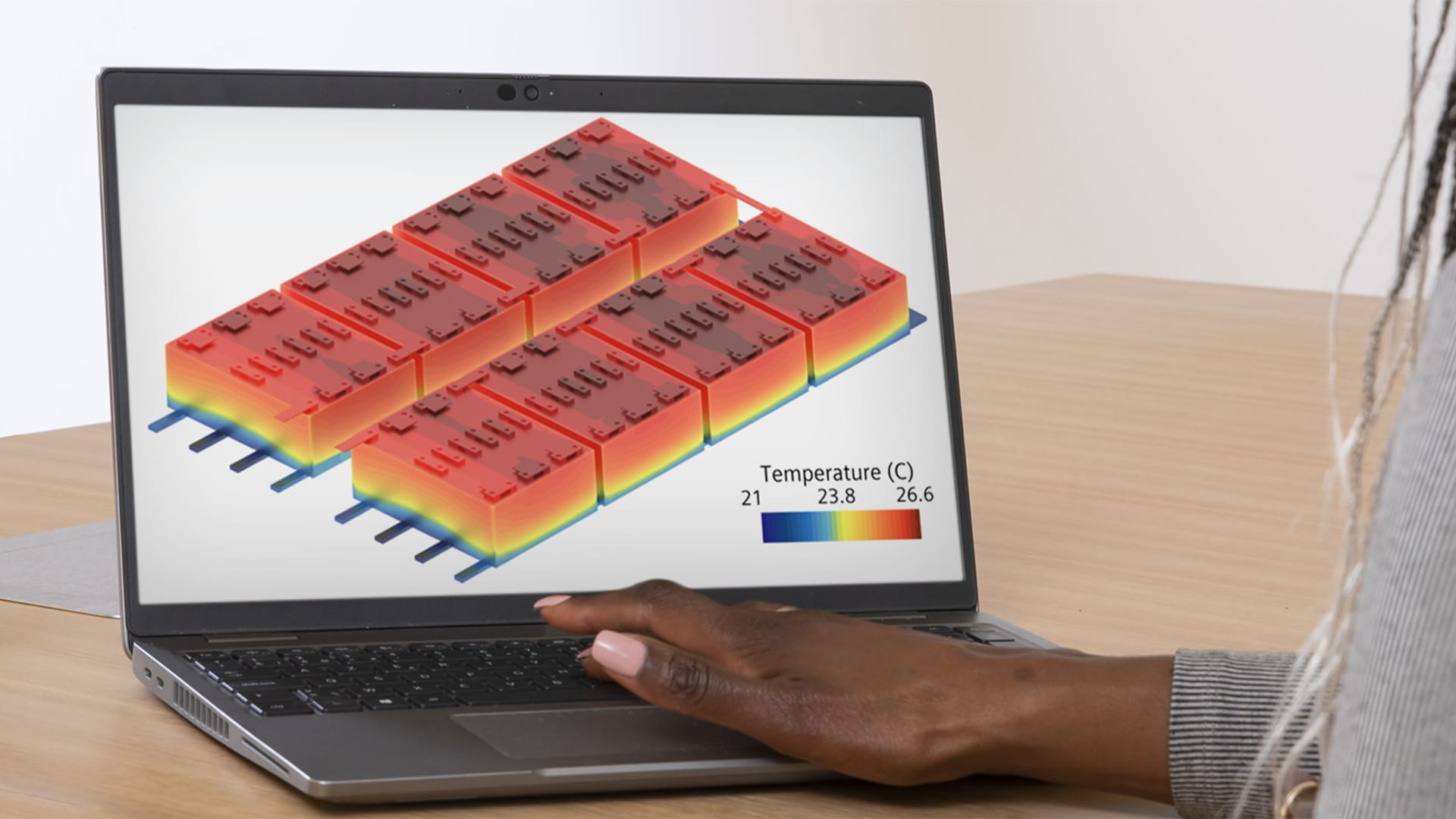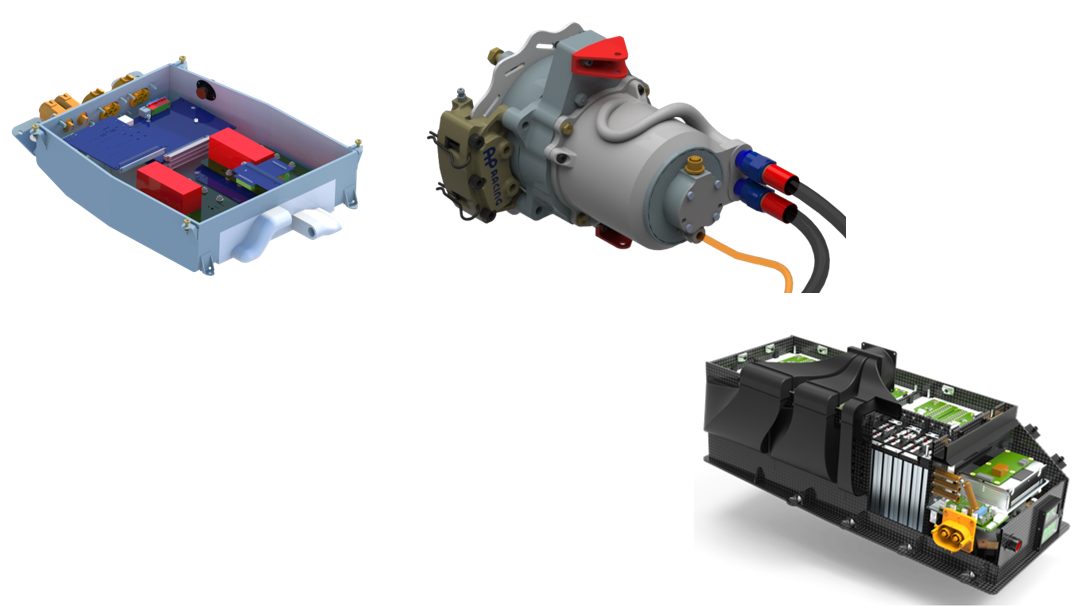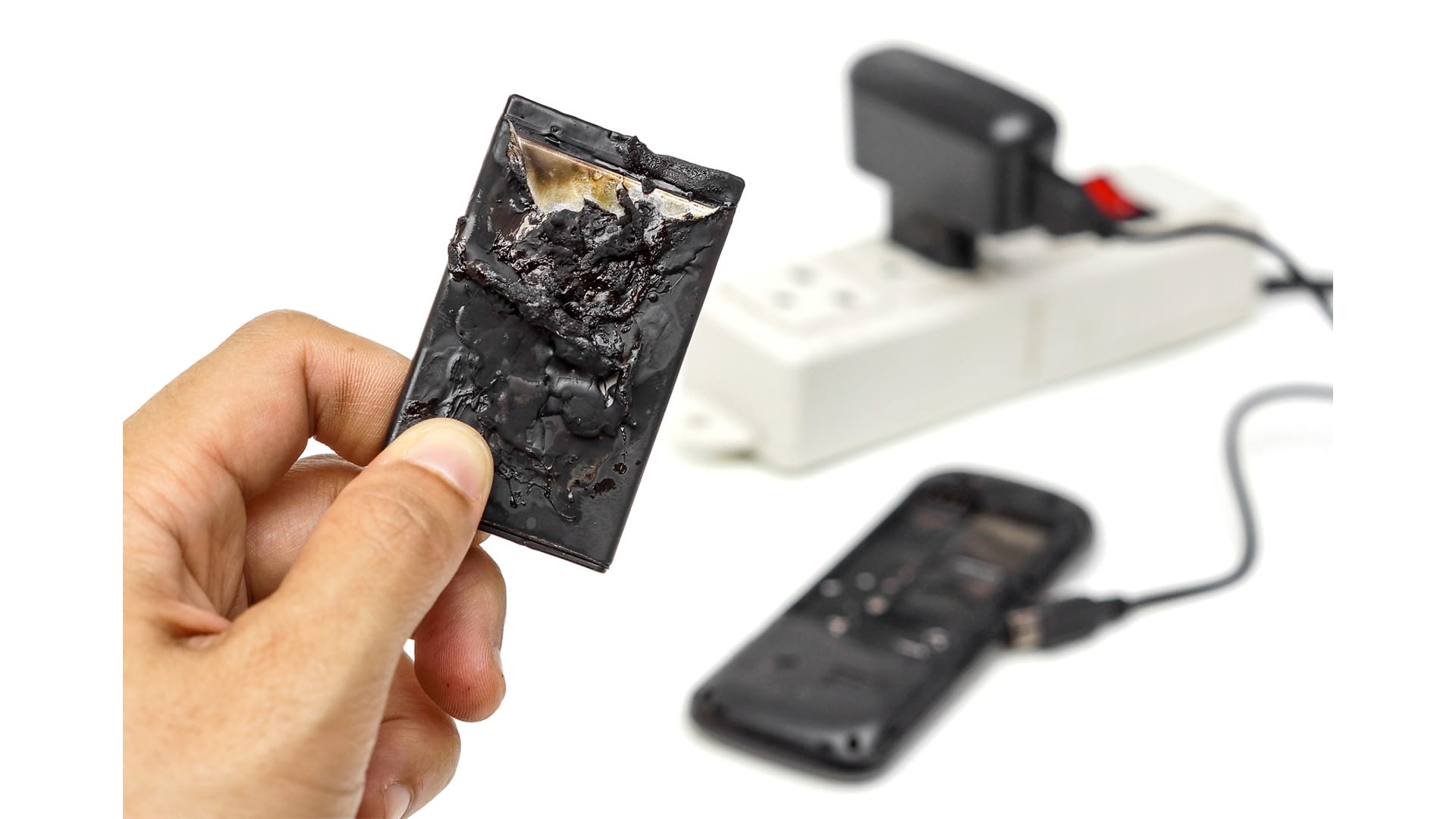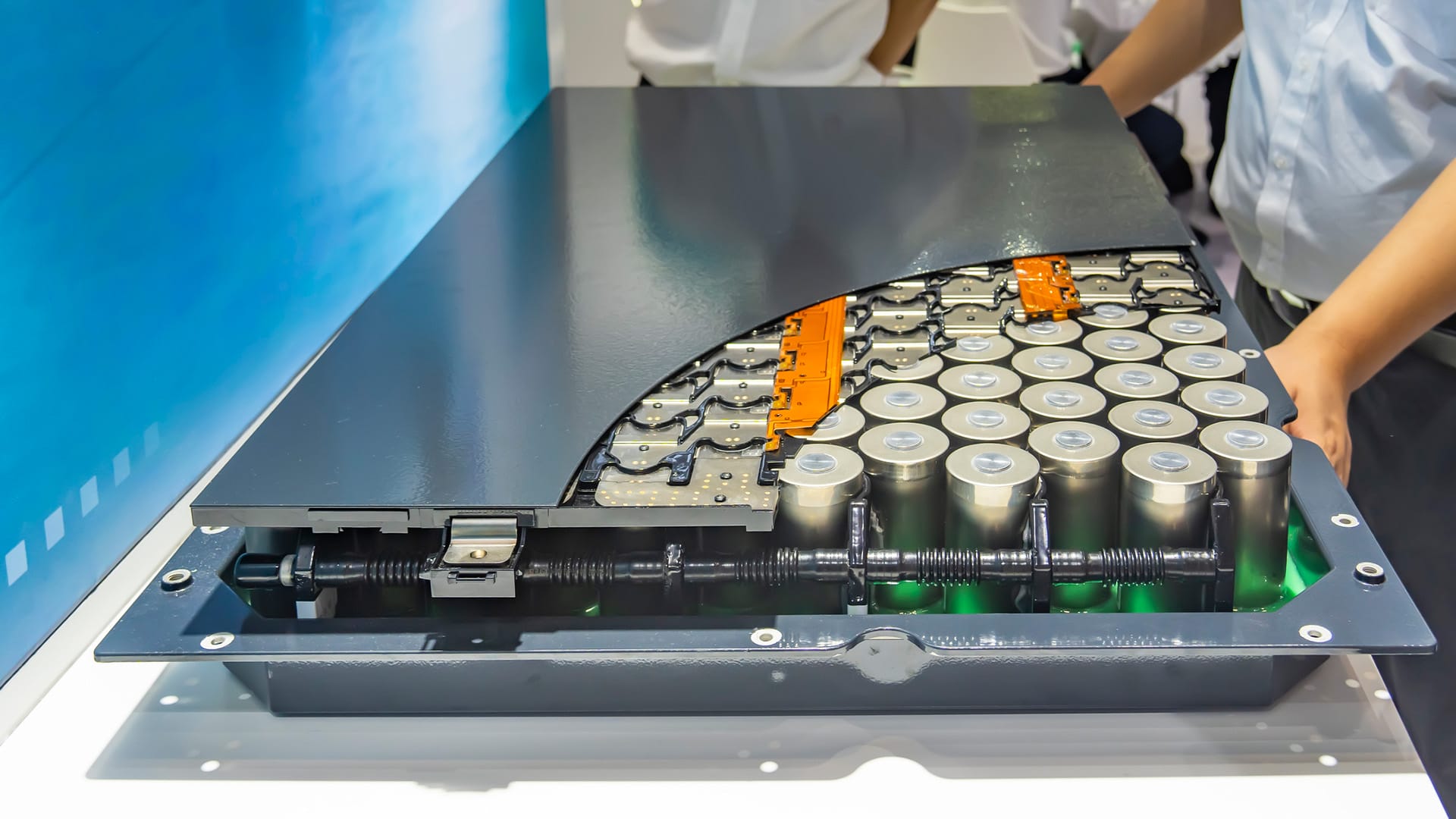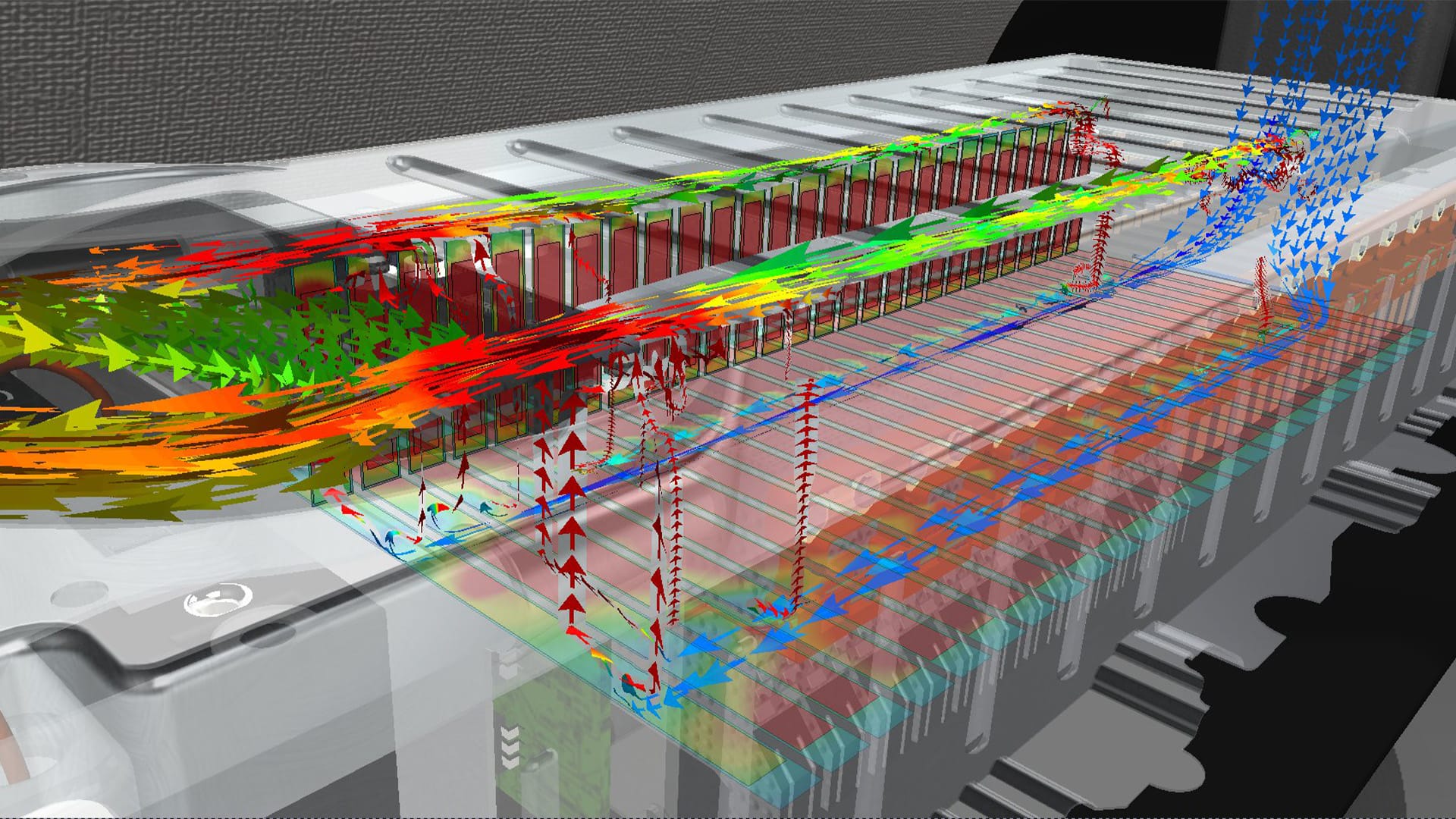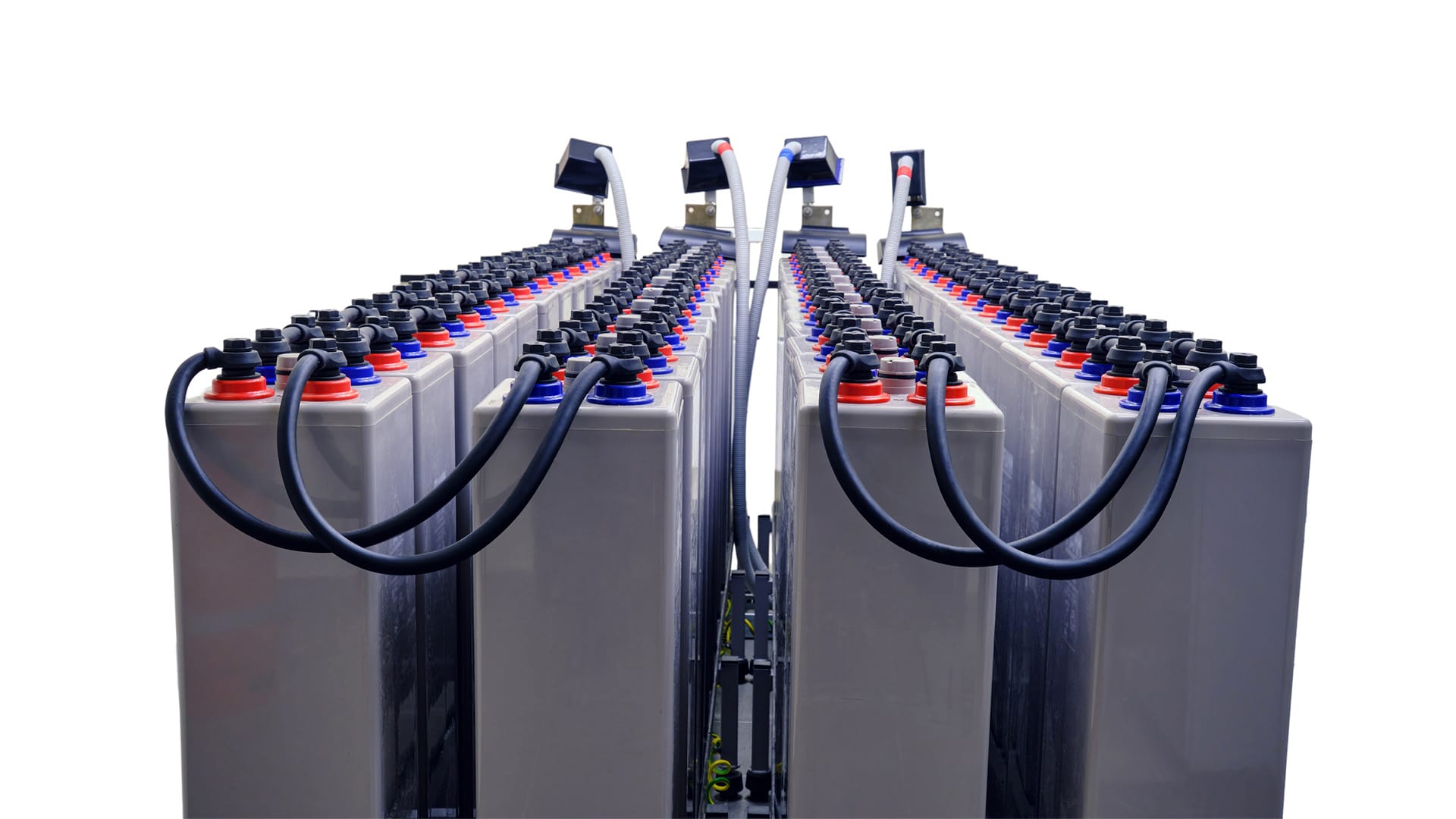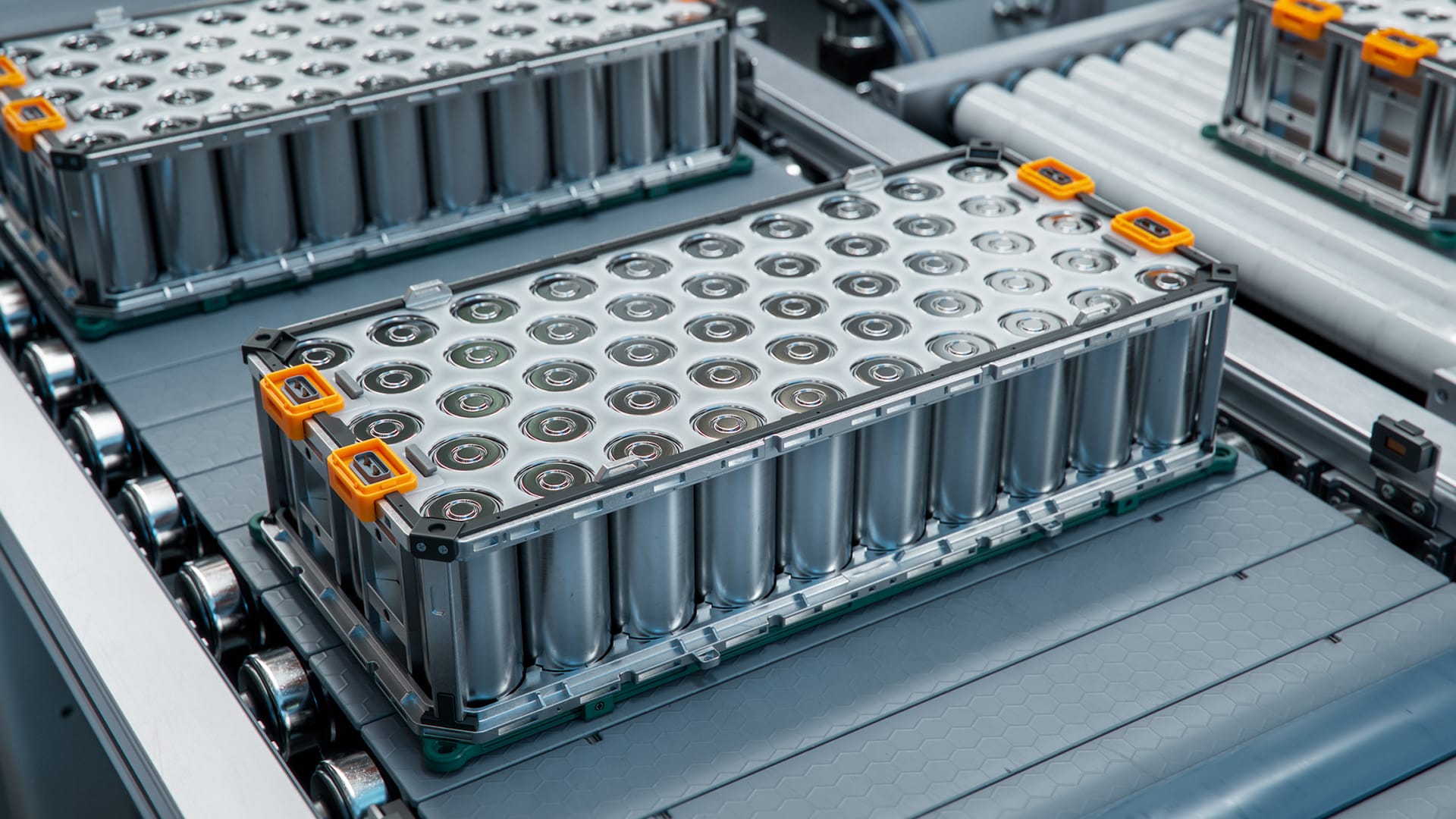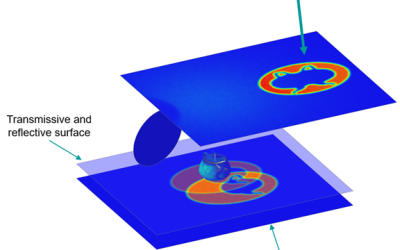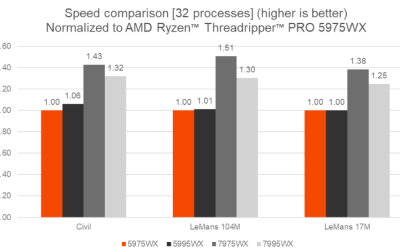Batteries.
Powering a new era of energy storage, electric mobility and innovative engineering
Trends driving next-generation batteries
Demand for batteries has stirred up a perfect storm of growth, competition and innovation, as manufacturers seek to rapidly scale up production and staff operations and maintenance.
In just a few years – by 2030 – the global demand for batteries is projected to exceed 2,500 GW – more than 10 times what it is today.
Government incentives have bolstered research and development into new technologies and materials. And pressure from the automotive and transportation, energy storage and consumer electronics sectors, in particular, has prompted manufacturers to focus on sustainability issues and to explore new battery chemistry.
To accelerate and improve production, battery manufacturers need to partner with experts in digitalization, digital twin software and digital manufacturing.
Digital solutions energizing battery production
Digitalization is the way forward for the battery industry.
Battery manufacturers and designers benefit from software products that support their engineering and manufacturing processes.
Connecting a modern virtual factory to manufacturing processes can accelerate and improve battery production and deliver benefits for:
- Production planning
- Process automation
- Quality control
- Predictive maintenance
- Supply chain
- Collaboration
Electric vehicle batteries
Battery electric vehicles (BEVs) are the main driver of the battery industry’s anticiapted 30% annual growth, promising a greener future for personal mobility. However, as efforts to scale up production get underway, the risks, too, creep closer.
BEV emissions due to material and manufacturing are double that of internal combustion engine (ICE) vehicles. In fact, as much as 95% of a BEV’s total lifecycle greenhouse gas emissions occur before the vehicle is put into use.
Decarbonizing the production of batteries, aluminum and steel is now a critical element of BEV production, as are battery re-use and recycling considerations.
As a result, manufacturers are investigating promising new approaches, including cell-to-pack (CTP) technology and cell-to-chassis (CTC) technology, which could improve performance, reduce the battery’s weight and design complexity, and make electric vehicles more affordable.
Digital tools help manufacturers explore innovative new designs and solutions such as these efficiently and confidently.
Efficient, model-based development
Easily and virtually evaluate multiple design variants to meet safety, performance, and cost goals.
Simulation and model-based definitions help reduce uncertainty so you can:
- Maximize your design’s potential
- Validate cell chemistry, pack design, and performance
- Substantiate thermal management and structural integrity
By gathering crucial data, simulation and model-based product definitions become the source that drives your innovative designs.
A digital twin allows you to account for complex interdependencies between multiple domains so you can address all design and performance trade-offs up front – meaning you can accelerate battery development and optimize designs.
Battery simulation workflow
Webinar: Integrated battery cell design and thermal analysis with Simcenter STAR-CCM+
Discover an integrated battery simulation workflow that takes you from cell design to battery pack simulation and thermal runaway.
Design Lithium-ion battery cells in 3D and see the detailed and local behaviour of a cell response to a duty cycle.
Less expensive, safer cells with a longer life expectancy Lithium-ion battery are possible with Simcenter STAR-CCM+ 3D battery cell design.
You’ll learn how to leverage STAR-CCM+ advantages such as parametrization, comprehensive physics, and design exploration for battery applications.
Battery thermal runway
Understanding heat transfer and pressure drop during thermal runway is a key to ensuring battery designs meet strict safety standards.
But thermal runaway tests are typically expensive and require lengthy preparation.
3D simulation software such as Simcenter STAR-CCM+ lets battery designers predict and understand the real-world physical effects during thermal runaway.
Discover a simulation-driven approach to battery design that lets you:
- Explore many design variants early in development
- Determine the optimal battery design
- Preselect fire protection materials by simulation before testing
- Reduce number of required tests and save costs
Battery cell manufacturing
Can industry produce enough battery cells to meet the growing demand for electric vehicles and renewable energy storage?
Some companies are playing it big by building gigafactories – massive battery factories that, in some cases, also manufacture electronic components or the whole EV.
The goal is to produce high-quality batteries at scale without jeaopardizing delivery, throughput, cost, and sustainability targets. Flawless execution and flexibility are important and competing needs.
Integrated Siemens software helps companies ramp up battery cell production and:
- Manage chemical compositions to create a precise recipe
- Increase collaboration with machine suppliers
- Reduce late design changes
- Avoid unplanned launch delays
- Improve asset utilization and reduce capital costs
Battery management systems
A battery’s brain – the battery management system (BMS) – is the electronic control system responsible for ensuring the battery operates safely and efficiently.
The BMS plays a crucial role in monitoring the overall performance of the battery pack, ensuring the battery cells stay within safe operating limits.
Develop and validate a defect-free and secure BMS:
- Use virtual prototypes to front-load testing of control strategies and continuous close-loop validation
- Optimize BMS for specific use cases
- Ensure optimal battery stability, safety, and lifespan
- Quickly validate that the BMS can manage efficient use of the battery and ensure safe operation
Mass production of batteries
For manufacturers, a lot is riding on the ability to develop better batteries quickly. Falling behind the competition means losing market share.
The pressure is strong, and the challenges are significant:
- Inability to deliver at scale and on time
- Slow and expensive battery development
- Scrap rate, quality issues and energy usage
- Regulations and sustainability targets
The solution is to build real-time collaboration and synchronize engineering teams with a cross-domain qualty-driven data backbone in a battery-specific environment.
Within an end-to-end integrated production environment, a comprehensive digital twin of the entire battery development process helps to:
- Explore performance trade-offs
- Accelerate the development process
- Gain an accurate virtual representation
- Obtain insights that speed up the decision-making process
Lights out manufacturing
Some manufacturers have set their sights on “lights out” or “dark factory” manufacturing, in which the factory runs on its own, needing little to no human involvement.
The promise is efficiency, productivity and elimination of human error. Achieving it requires an exceptional level of automation and an investment in the right digital tools.
Discover the software solutions and industry expertise you need to take the next step in battery manufacturing.
Better successes, better stories
The race to develop spacecraft faster, without compromise
It’s a push-pull problem space engineers know all too well: On the one hand, they need detailed...
EPiQ-M: a global approach to solving today’s manufacturing and industrial business challenges
Maya HTT expertise supports smart manufacturing and operations, digital ecosystems and energy for...
Maximizing Simcenter STAR-CCM+ Workflows: Maya HTT and AMD Test Performance of AMD Ryzen™ Threadripper™ PRO Processors
Maya HTT has partnered with AMD to test performance of the AMD Ryzen™ Threadripper™ PRO 5000WX and...

